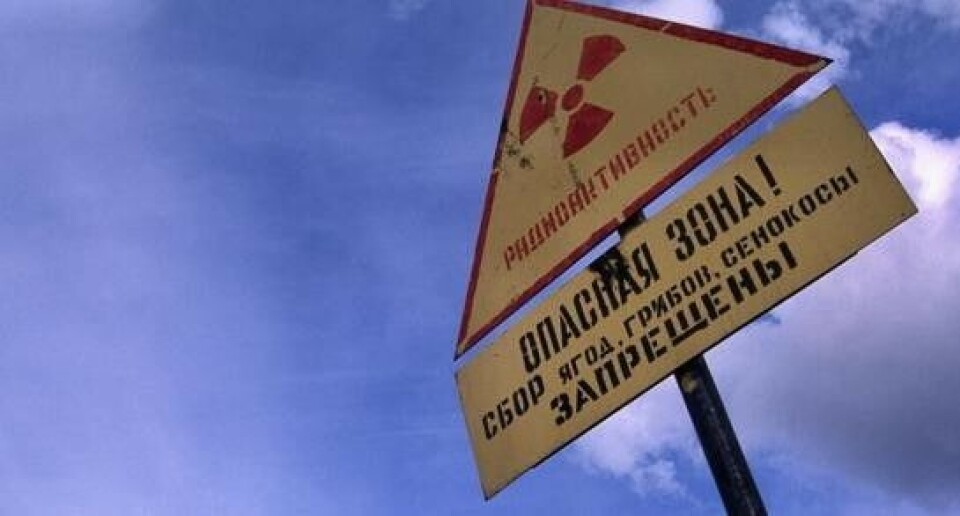
Approves radioactive waste disposal in melting permafrost
Regional Government of Arkhangelsk Oblast says yes to Novaya Zemlya waste dump.
On Monday, the Government of Arkhangelsk Region sent an order to Russia’s national operator for radioactive waste management with the approval to locate a repository for low- and medium level radioactive waste on the south-western part of the southern island of the Novaya Zemlya archipelago.
Novaya Zemlya is geographically part of Arkhangelsk Oblast.
The repository will receive radioactive waste that already are in temporary storages in north-western Russia, including the large quantities stored at the naval yards in Severodvinsk on the coast of the White Sea, reports Nuclear.ru
The repository will be underground, but near the surface. Novaya Zemlya, like most other places in the High Arctic has permafrost in the ground. With climate changes, scientists fears the top layers of the permafrost could melt. That worries nuclear safety experts.
“It is important to consider the melting permafrost when studying risk-assessments for a radioactive waste repository on Novaya Zemlya,” says Nils Bøhmer, Nuclear Physicists with the Bellona Foundation in Norway.
He says the melting permafrost makes it highly uncertain for how long such waste can be protected.
Low- and medium level waste must be kept safe for hundreds of years according to Russian standards, reports Polit.ru that wrote about the Novaya Zemlya plans on Monday.
Bøhmer says it would be a much better alternative to establish a final repository for low- and medium level radioactive waste on the Kola Peninsula where the rocks are way more stable.
“In addition, it is safer to establish a repository where most of the waste already are located. Sea transport across the Barents Sea to Novaya Zemlya is a risky business in itself,” Bøhmer argues.
Novaya Zemlya was one of ten different sites in Northwest-Russia studied over the last couple of years to see if it is suited to be repository. Sites on the coast of the Kola Peninsula were also studied.
















